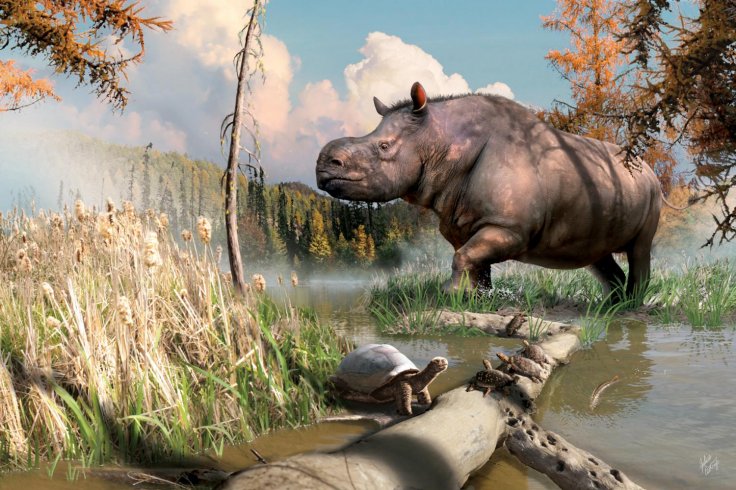
In 1973, a teacher named Joan Hodgins found some fossils of teeth as well as bone. They were tiny and deformed to such an extent that "most palaeontologists may not have picked them up," said Jaelyn Eberle, a curator of fossil vertebrates at the University of Colorado Boulder's Museum of Natural History.
Today, after 40 years, a global team headed by Eberle tried to use modern technology to trace its origins. In a study published in American Museum Novitates, the team said that the fossil tooth fragments most likely can be traced back to the jaw of a remote or now-extinct cousin of rhinoceroses, which probably roamed the forests of Northwest Canada about 8 to 9 million years ago. So far, palaeontologists have never found a single fossil vertebrate that goes back to this time period in the Yukon.
"In the Yukon, we have truckloads of fossils from ice age mammals like woolly mammoths, ancient horses and ferocious lions," said Grant Zazula, a co-author of the new study and Yukon Government palaeontologist. "But this is the first time we have any evidence for ancient mammals, like rhinos, that pre-date the ice age."
It was in the Tertiary Period that started after the dinosaurs became extinct about 2.6 million years ago, when a land bridge called Beringia connected the landmasses called Russia and Alaska today. Palaeontologists are convinced that all kinds of animals, including mammoths and rhinos, crossed the bridge. However, due to Yukon's geology and environment at the centre of the route, the fossils have not been preserved from land animals.
"We know that a land bridge must have been in operation throughout much of the last 66 million years," Eberle said. "The catch is finding fossils in the right place at the right time."
Hodgins' fossil teeth are present at the Yukon Government fossil collections in Whitehorse. Eberle at first did not pay too much attention to them. Then she studied one of the pieces and showed the structure of tooth enamel in very close detail. The Yukon tooth enamel seemed to show signs of a rhinoceros relative.
"I hadn't thought that enamel could be so beautiful," Eberle said. While the exact species of rhino has not been determined, it is clear that the rhino was leaf-eating, probably the same size or smaller than today's black rhinos. It also didn't seem to have a horn on its snout.









